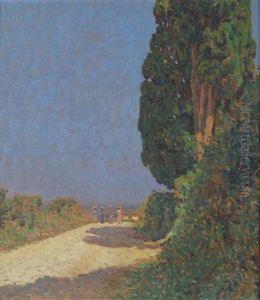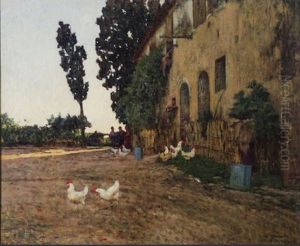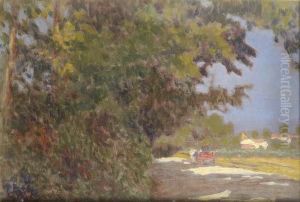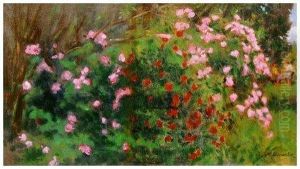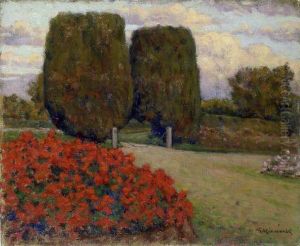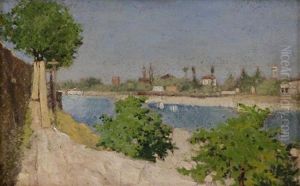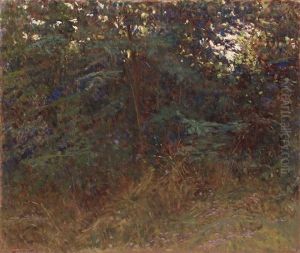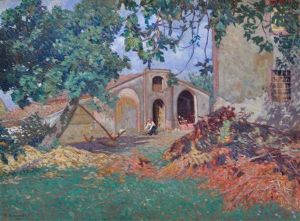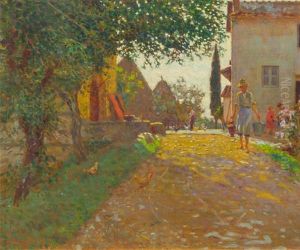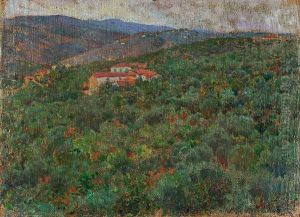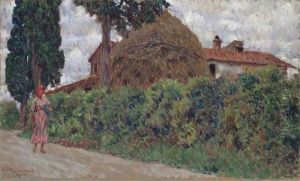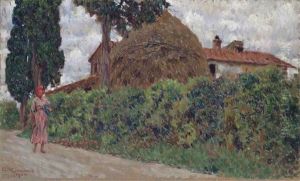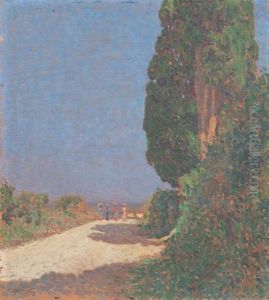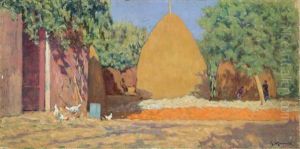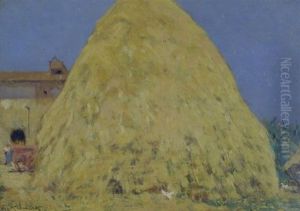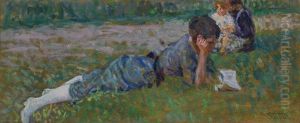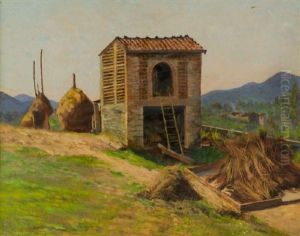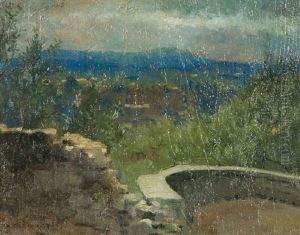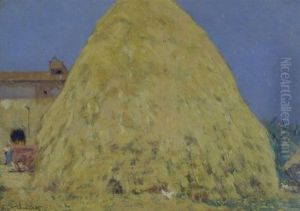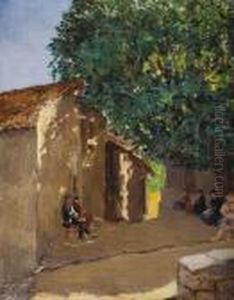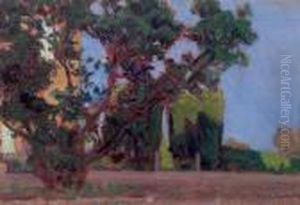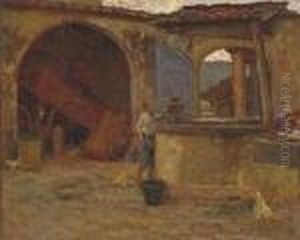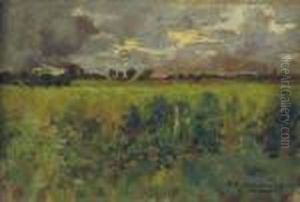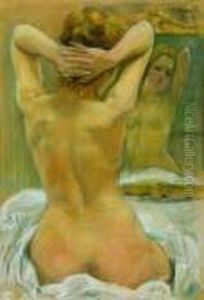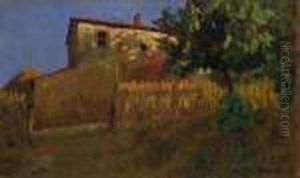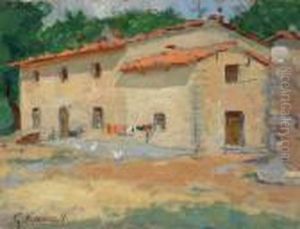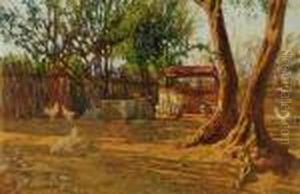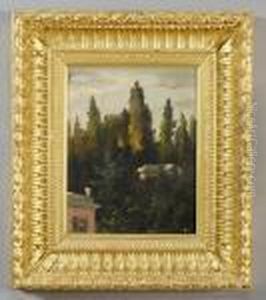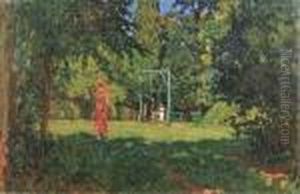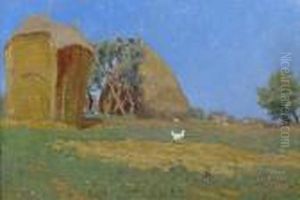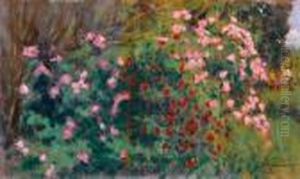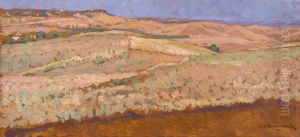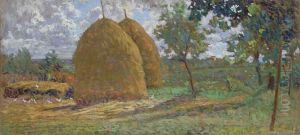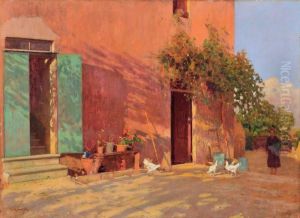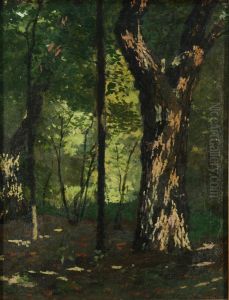Giorgio Kienerk Paintings
Giorgio Kienerk was an Italian painter and sculptor, born on March 13, 1869, in Florence, Italy. He began his artistic training at the Academy of Fine Arts in Florence and was initially influenced by the Symbolist movement. Over time, his style evolved, and he became associated with the Divisionist technique, which involved the separation of colors into individual dots or patches which would interact optically when viewed from a distance.
Kienerk's early works were characterized by an ethereal quality and often featured allegorical or mythological themes. He participated in the Venice Biennale several times and was part of the Italian Secessionist movement, which sought to break away from the academic traditions of Italian art at the time.
During his career, Kienerk also explored the themes of the relationship between man and nature. His landscapes and scenes of rural life reflect a serene and contemplative approach to the subjects. By the early 20th century, Kienerk's work began to shift towards a more realistic style, focusing on the beauty of the Italian countryside and the simplicity of rural life.
In addition to painting, Kienerk was also an accomplished sculptor. His sculptures often mirrored the themes of his paintings and are noted for their refined elegance and expressive detail.
Giorgio Kienerk's contribution to Italian art was significant as he bridged the gap between 19th-century Symbolism and the more modern approaches of the early 20th century. He died on February 19, 1948, in Fauglia, Italy, leaving behind a legacy that continues to be appreciated for its poetic beauty and technical mastery.
